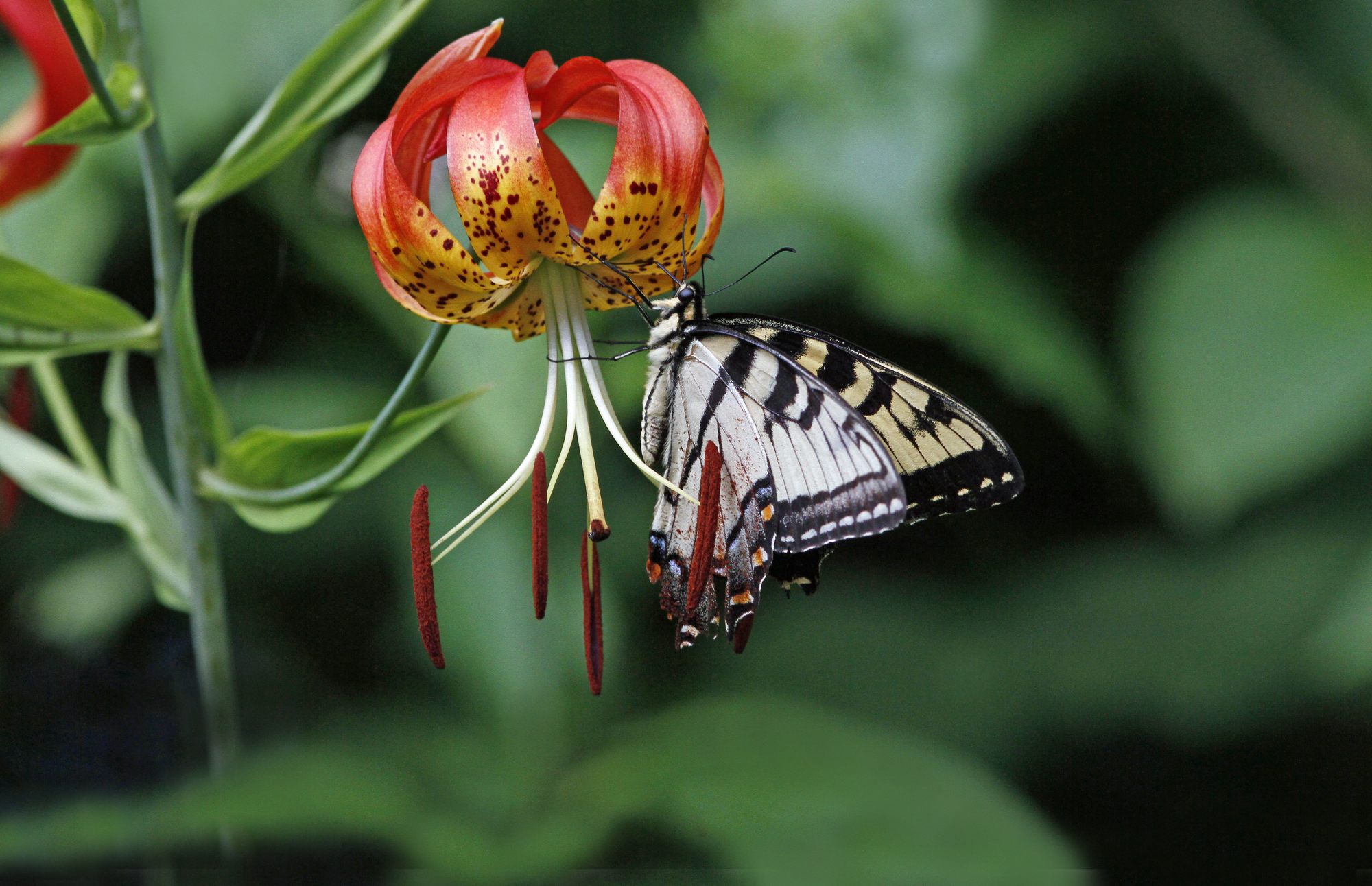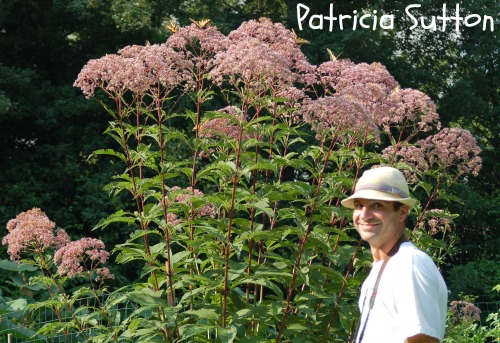
Hi Gang,
It’s been a wild, cold, and snowy winter. I’ve been enjoying all the birds that are finding refuge in our wildlife garden. Our heated birdbath has attracted 100s of birds this frozen winter, including a normally very secretive Hermit Thrush and a quite uncommon wintering bird, a Gray Catbird.
Speaking of wildlife gardens, I can’t wait to once again teach the series of 6 in-depth “Gardening for Wildlife” Workshops (pdf), on Saturdays (February 8 – March 29, 2014), the perfect time to shake off winter and begin planning and planting (or enhancing) your property and wildlife garden.
 Many (1000s) have taken these workshops, been empowered, and created habitats that have given them pleasure for years to come.
Many (1000s) have taken these workshops, been empowered, and created habitats that have given them pleasure for years to come.
They know and I know that there is nothing like stepping out the door into a magical wonderland that you yourself created, full of hummingbirds buzzing about,butterflies dancing from flower to flower, Monarch caterpillars hiding under Milkweed leaves, hungry songbirds dropping in during migration for a hearty caterpillar meal,dragonflies galore, more frogs than you realized lived in your area (perched on every last lily pad in your pond). There is nothing more gratifying than realizing that you have truly provided safe haven for all these creatures
 Consider joining me for one, two, or all six of these workshops. Native plants and wildlife-friendly practices are the key and will be emphasized and detailed throughout.
Consider joining me for one, two, or all six of these workshops. Native plants and wildlife-friendly practices are the key and will be emphasized and detailed throughout.
I present a zillion one- to two-hour programs each year and maybe you’ve attended a few of these. I love teaching them, but (with only one or two hours) they are more one-sided presentations, me sharing fun natural history information and images with you, the audience.
These workshops offer the opportunity to be far more in-depth and interactive and are more likely to empower you, take you to the next level.
The 5-hour format (10 a.m. to 3 p.m.) allows for:
- an interactive workshop atmosphere
- each workshop covers a unique aspect of wildlife gardening (in-depth)
- each workshop builds on the others, but is not repetitive (so you’ll want to try and attend all 6 to maximize your learning opportunity)
- resources (handouts and circulated books) will be shared and showcased
- you’ll learn how to utilize these resources (find answers to burning questions you may have)
- time for in-depth questions
- time for in-depth answers
- during a working lunch we’ll brainstorm (as a group) each participant’s specific challenges (you’ll draw a rough sketch of your yard and submit a photo of your sketch that I’ll project so we can all see it for this brainstorming)
- time to get to know one another and learn from each other (of garden triumphs and tribulations, successes and pitfalls). Nothing beats collective experience and roundtable discussion
- each workshop will culminate in a site visit to a nearby backyard habitat where wildlife-friendly practices and design and plant selections will be showcased
 So, what do you say! Will I see you in February & March?
So, what do you say! Will I see you in February & March?
Sign up today and begin getting ready for the workshops. Draw a rough sketch of your yard, indicating structures (and hardscapes like driveways, decks, etc.), existing habitats (lawn, forest, lone trees, shrub islands, gardens, bird feeding station, brush pile, etc.), and mark NORTH, SOUTH, EAST, WEST on the sketch. Take time to note the sun’s path through your yard and where the sunniest areas are. Bring a wish list of the elements you want to add as well as the elements you need to work around.
****************************************************************************************************
2014 GARDENING FOR WILDLIFE WORKSHOPS
with Pat Sutton (pdf)
for NJ Audubon’s Nature Center of Cape May
1600 Delaware Avenue, Cape May, NJ 08204 (609-898-8848)
- Saturday, February 8 – How to Create a Backyard Habitat for Wildlife
- Saturday, February 22 – How to Create a Pollinator Garden (for Butterflies, Hummingbirds, Moths, Bees, & More)
- Saturday, March 1 – How to Create a Wildflower Meadow
- Saturday, March 8 — How to Create a No-Fuss Wildlife Pond
- Saturday, March 22 – Battlestar Backyardia – Battling the Alien Invaders (How to Recognize and Deal With Invasive Species)
- Saturday, March 29 – Landscape Design With Wildlife In Mind
 Time: 10:00 a.m. to 3:00 pm.
Time: 10:00 a.m. to 3:00 pm.
Where: Please note that the 6 workshops in this series will be held at the Cape May Bird Observatory Center for Research & Education, 600 Rt. 47 N, Cape May Court House, NJ 08210 (and include a site visit to Sutton’s nearby wildlife gardens) and not at the Nature Center of Cape May in Cape May.
Limit: 20 participants; preregistration is required (through NJ Audubon’s Nature Center of Cape May, 1600 Delaware Avenue, Cape May, NJ 08204; 609-898-8848 — if you reach their message machine, do leave a message . . . they’ll get back to you).
Cost/workshop: $35 member of NJ Audubon Society, $45 nonmember (includes handouts).
As of 2-13-14, sign up for last five workshops for a DISCOUNT:
Members: $150 ($30/workshop) and 20% off in the gift shop
Non-Members: $200 ($40/workshop) and 20% off in the gift shop
********************************************************************************************************


One Reply to “2014 Gardening for Wildlife WORKSHOP SERIES”
Comments are closed.